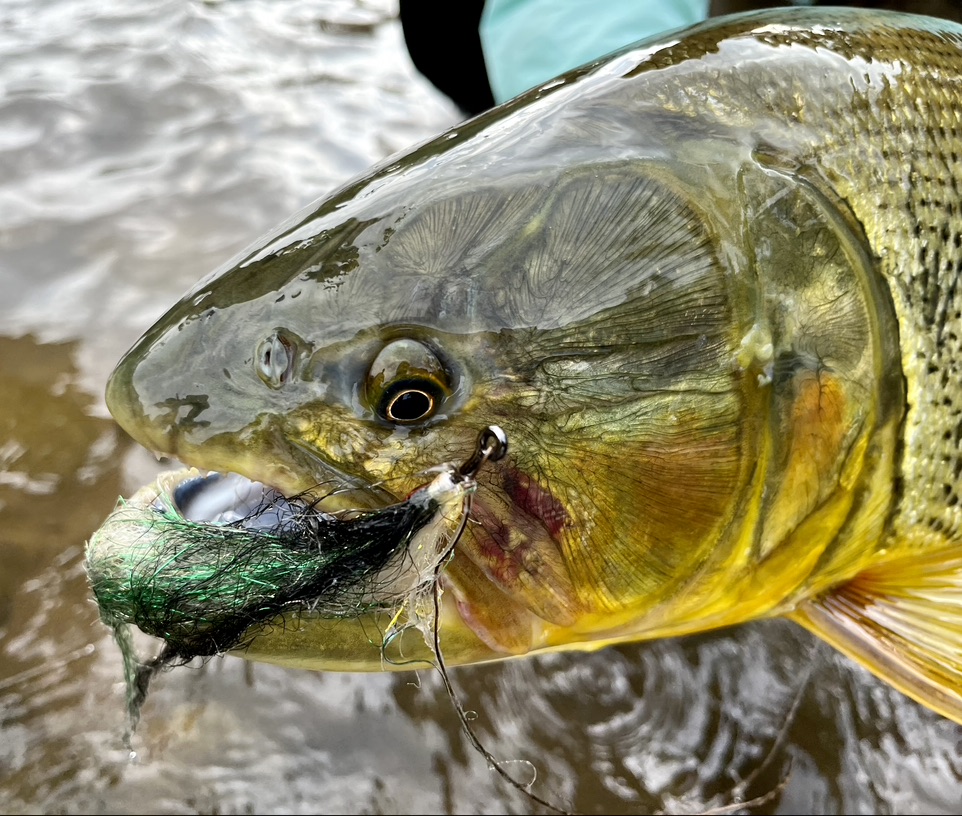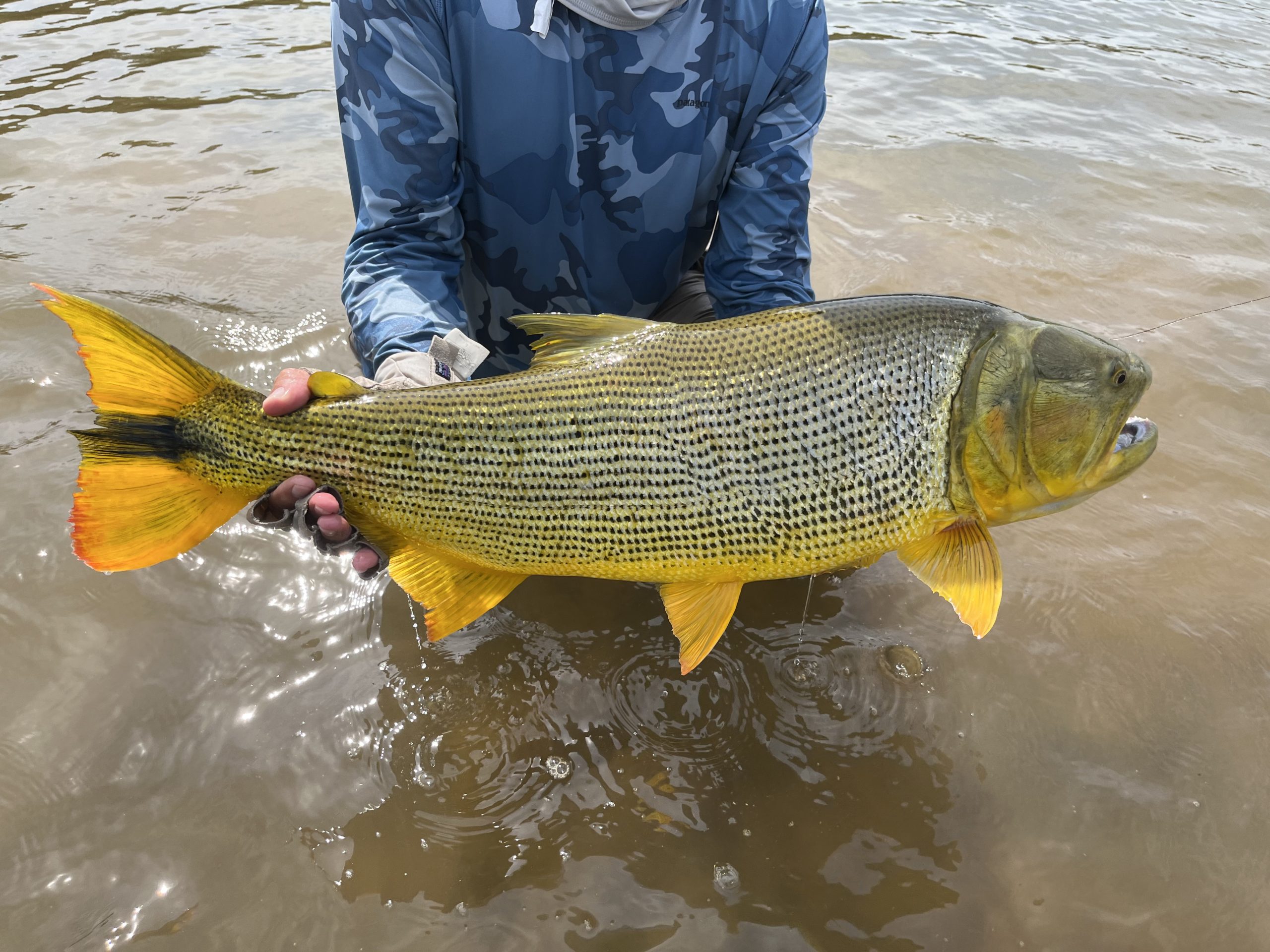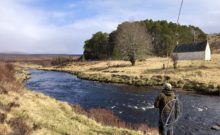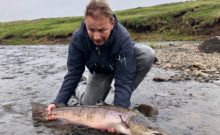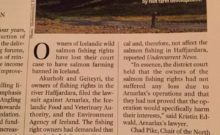After nearly 50 years of trying to catch fish, I have left behind the stocked reservoirs of the Midlands and the manicured and stocked rivers or ponds of the South of England. It’s not for me anymore and I certainly don’t criticise those that get huge enjoyment out of that type of fishing experience, but for me, I have always been prepared to sacrifice quantity of stocked fish caught over the thrill of the occasional wild fish landed. I am now prepared to catch far fewer fish, either because there are fewer fish to be caught, as certainly is the case with wild Atlantic salmon in Scotland, or because wild fish are invariably harder to catch, more mercurial, wary, more influenced and affected by the conditions in which they have lived all their lives.
I have recently returned from Bolivia having been fishing for one of the ultimate freshwater wild and wilderness fish, the Golden Dorado. Much has been written and said about the Golden Dorado for they are Incredible creatures with a mythical reputation living as they do in the remotest regions of the Amazon rainforest amongst the myriad of tributaries of the Amazon river. They are a creature of contrast, the deep warmth of their buttercup yellow colouring gives way to ferocious teeth, uncompromising aggression, and a predators instinct focussed on feeding on other fish, often, other Golden Dorado. They can also grow to 30lb’s or even bigger.
There is one interesting challenge about these fish. Fishing stories about Golden Dorado will only talk of those wild fish landed, and the occasional big fish that’s got away, but they are not easy to hook and land despite what the fishing videos will tell you. The mouth, similar to tarpon, is extremely hard and very wide. They behave in a very similar way to Tarpon once hooked, they hit the fly hard, but then and almost instantaneously leap from the water, throwing their head from side to side. I had been warned to be super aggressive on the strip strike. Hit the fish once, and then when it leaps, hit it again with the double strip of both left and right hands separately holding the fishing line and the rod and then pull hard. There can be no slack. This is the moment. Not let up. No compromise. Grit your teeth and hang on. Let me tell you what happens next. Your line is tight with tension, your rod is pointed straight at the fish, you now find your self moving two or three steps backwards as you consciously try and ratchet up the tension on your line. The fish leaps, you maintain tension, you have an expression on your face of sheer determination, your mind thinks, ‘is this one going to stay on…please stay on…’. The line goes slack. The fish is gone. This happened all too frequently.
What happens next is the relentless enquiry and double guessing. Did I strike hard enough? Should I have been quicker? Are my reactions dulling with age? Was I unlucky? Is my Rio Jungle fly line too elastic for these fish? Are my hooks sharp enough to set?
Be careful now, for there can be no room for doubt for fishing is a sport that exists as much in the mind as it does in the physical activity. The mind is far more complex and doubt has no benefit.
Those that know better than me say that you measure a days tarpon fishing by the number of hook ups as a ratio of fish landed. I am told that the average is about 7:1. This ratio was pretty accurate for my week on the Puma river in admittedly difficult condition of low water, few fish in the river, and those Golden Dorado that were in the river, were the large resident fish, suspicious and knowing. It’s a hell of a place, the Amazon rainforest as humbling and as mystical as I had hoped and the local Indian tribes, on whose permission we so depend, have seen the one sided battle between the visiting angler and Golden Dorado many many times before.
